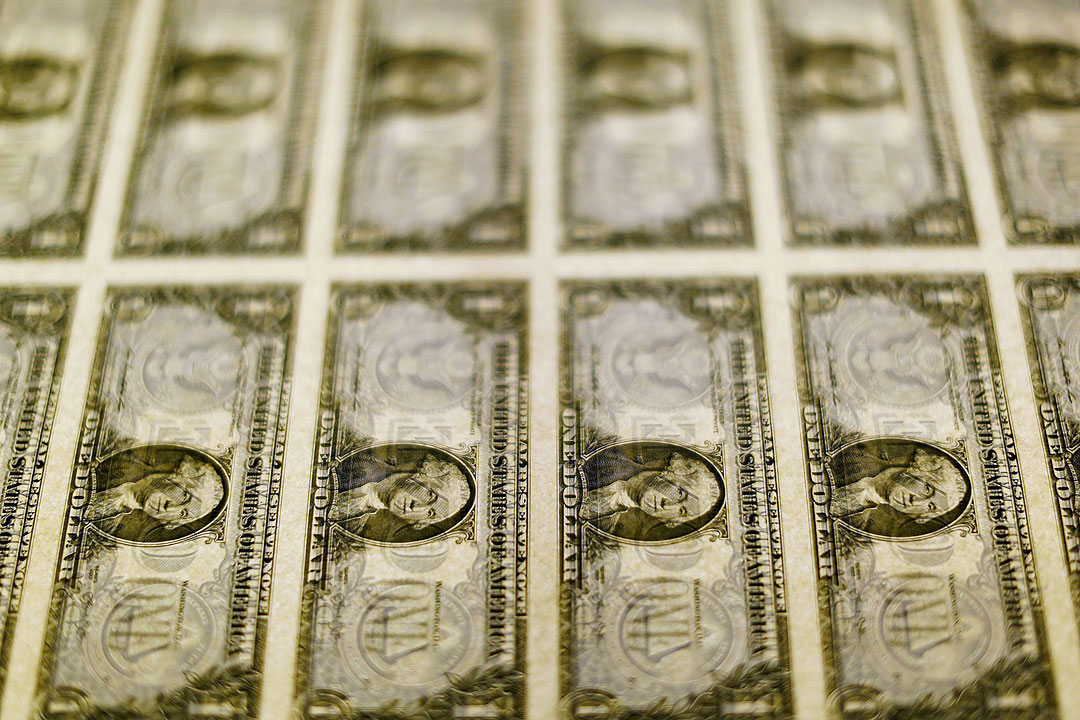
MORE SHORT-TERM foreign capital exited the Philippines for a third straight month in April, as investors worried over elevated inflation and high interest rates.
Foreign portfolio investments (FPI) — also known as “hot money” because of the ease by which these funds enter and exit the economy — yielded a net outflow of $351.87 million in April, data from the Bangko Sentral ng Pilipinas (BSP) showed. This was a reversal of the $1.41-billion net inflow in April 2022.
The net outflows in April also increased fivefold from the $70.26-million outflows in March. It was also the highest in two months or since the $549.28-million outflows in February.
The higher net outflow of short-term foreign investments reflected worsening investor sentiment in the Philippines, Security Bank Corp. Chief Economist Robert Dan J. Roces said in a Viber message.
“Elevated inflation and higher interest rates have raised concerns among investors about the country’s economic outlook, especially in private consumption which is substantial in GDP (gross domestic product),” he said.
The Philippine economic growth eased to 6.4% in the first quarter from 8% a year ago, reflecting slower consumer spending amid elevated inflation and rising rates.
Household final consumption, which contributes around three-fourths to gross domestic product, rose by 6.3% in the first quarter. However, this was slower than 10% growth a year earlier.
For the first four months of the year, inflation accelerated to 7.9%, from 3.7% a year ago. This is still above the central bank’s 5.5% forecast for the year.
Interest rates are at a 16-year high of 6.25% as the BSP raised its key rate by 425 basis points (bps) since May 2022.
“This has made the Philippines less attractive to investors who are looking for higher yields,” Mr. Roces said.
BSP data showed gross inflows in April fell by 68% to $712.83 million from the $2.23 billion a year prior.
The top five investor countries are the United Kingdom, the United States, Singapore, Luxembourg, and Norway, which accounted for 84.1% of FPI inflows.
Majority of investments (57.3%) went to Philippine Stock Exchange-listed securities of banks, holding firms, property, food, and transportation services. The rest were invested in peso government securities.
“Lower inflows in April may have been driven by some risk-off sentiment amid persisting banking woes and recessionary fears in the US,” China Banking Corp. Chief Economist Domini S. Velasquez said in a Viber message.
Market expectations of another rate hike from the US Federal Reserve in April may have caused investors to shift their investments from the Philippines to the US, she added.
Meanwhile, gross outflows of hot money climbed by 29.3% to $1.06 billion in April from $823.32 million in the same month a year ago.
The BSP said that 70.9% of total outward remittances went to the United States.
Year to date, the BSP-registered FPIs yielded net outflows of $680.07 million, a reversal of the $1.39-billion net inflows in the same period in 2022.
“A turn in investor sentiment for the better will bring inflows, and this may be the case as inflation may be on a downtrend while the BSP has signaled a pause,” Mr. Roces said.
The BSP paused monetary policy tightening cycle on May 18 and signaled the policy rate may remain unchanged until the third quarter as inflation continues to ease.
BSP Governor Felipe M. Medalla also said inflation may return to the 2-4% target range by September or October if no supply shocks occur.
The BSP lowered its average inflation forecast for 2023 to 5.5% from the 6% it gave in March. For 2024, the BSP trimmed its projection to 2.8% from 2.9% previously.
The BSP expects FPI to end the year at a $2.5-billion net inflow. — Keisha B. Ta-asan
More ‘hot money’ exits PHL in April
Source: Bantay Radio
0 Comments